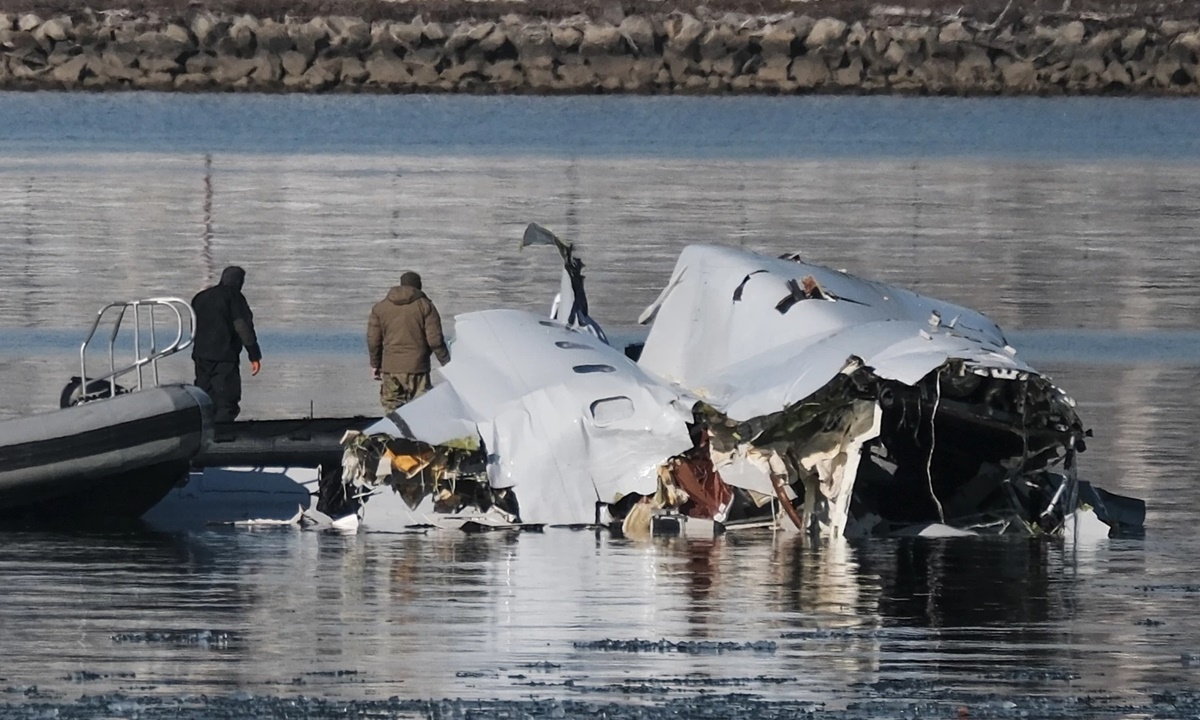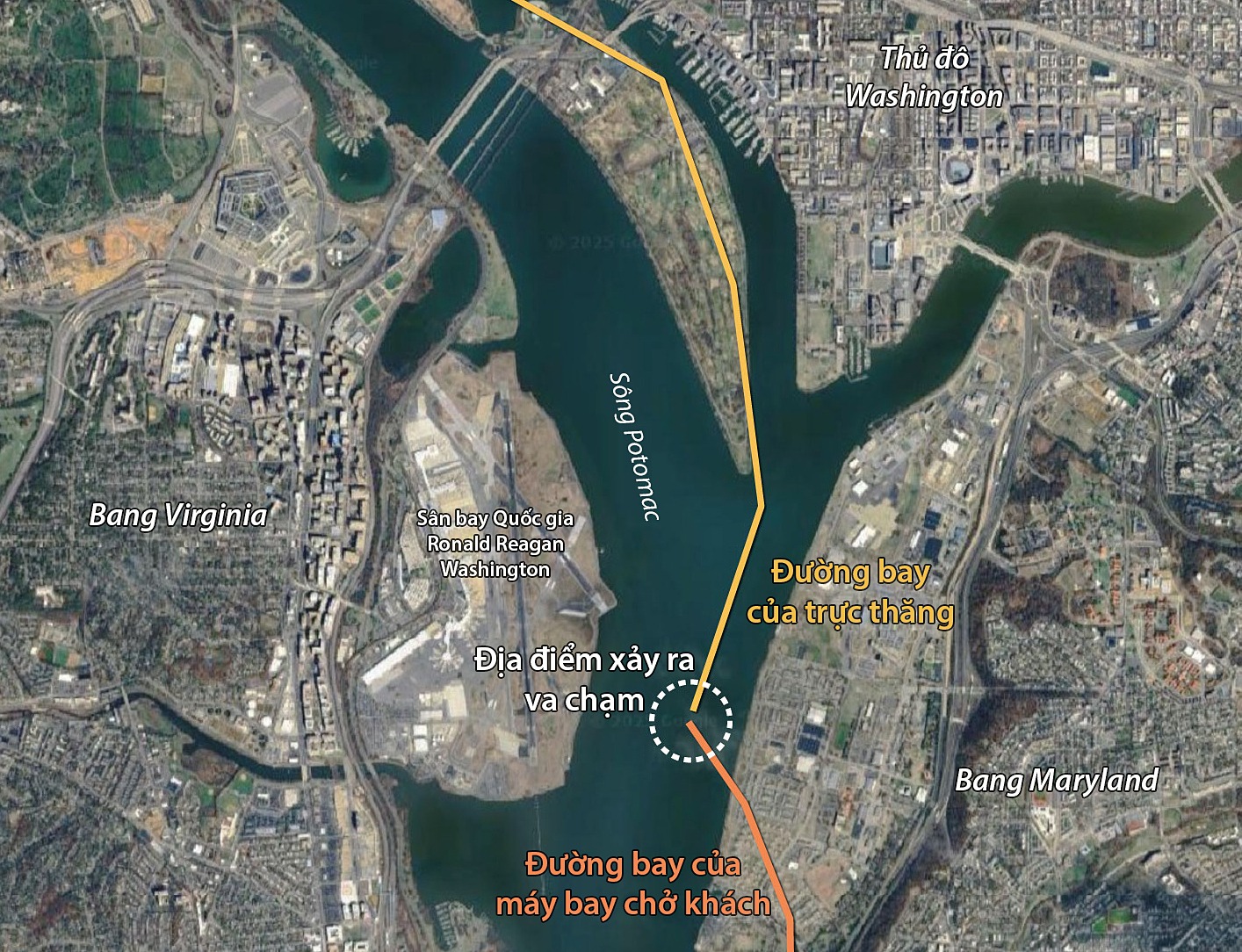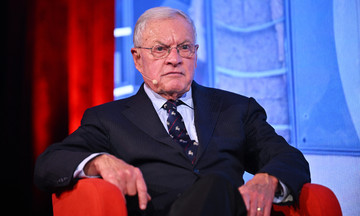The US National Transportation Safety Board (NTSB) held hearings from July 30 to August 1, 2025, involving experts, managers, and air traffic controllers regarding the January 29 aviation accident at Ronald Reagan Airport in Washington, D.C. A Black Hawk helicopter collided with a Bombardier CRJ700 passenger plane, resulting in the deaths of all 67 people on board both aircraft. The collision occurred at an altitude of approximately 85 meters, even though the army helicopter was not permitted to fly above 61 meters in that area.
In February 2025, the NTSB first noted a discrepancy in the helicopter's altitude readings when analyzing the black box data. US officials subsequently inspected three Sikorsky Black Hawk Lima helicopters of the same model belonging to the 12th Aviation Battalion in Virginia.
During this week's hearing, the NTSB reported a difference between the altitude displayed on the radar altimeter and the barometric altimeter. The radar altimeter emits radio waves towards the ground and measures the time it takes for the waves to bounce back, thereby calculating the distance between the aircraft and the ground. Meanwhile, the barometric altimeter calculates altitude based on air pressure.
 |
The scene of the accident involving a PSA Airlines plane and a US Army helicopter along the Potomac River near Ronald Reagan National Airport on 30/1. Photo: *NPR* |
According to investigator Marie Moler, the data between the radar altimeter and the barometric altimeter on the three helicopters of the 12th Battalion "differed by 24 to 40 meters during flight." Under ideal flight and measurement conditions, this discrepancy decreased to 6 to 16 meters.
"Once the helicopter's rotors started spinning, generating lift and thrust, the barometric altimeter displayed significantly lower readings and remained lower than the standard figures throughout the test flights," Moler said. This raises the question of whether the pilots might have been unaware of their actual altitude due to the faulty barometric altimeter readings.
NTSB Chair Jennifer Homendy described this discrepancy as a significant factor in the accident and requested relevant agencies to expand the investigation.
"I am truly concerned. The helicopter crew may have been reading an altitude far different from the aircraft's actual altitude. A difference of around 30 meters is substantial," Homendy said.
NTSB member J. Todd Inman questioned the US Army and Sikorsky representatives, stating that the readings on the two altimeters "should have had zero discrepancy," especially for helicopters that frequently operate near civilian flight paths.
Meanwhile, Warrant Officer Kylene Lewis of the US Army told investigators that this discrepancy "is not unusual" and an error of about 24 meters "is not alarming." He stated that the military is also working on updating guidance documents for Black Hawk helicopter pilots, alerting them to the difference in readings between the two instruments.
 |
Flight paths and location of the accident. Graphics: *CNN* |
A representative of the Federal Aviation Administration (FAA) said on August 1, 2025, that the agency is planning to adjust helicopter flight paths near Ronald Reagan Airport, after having implemented a permanent restriction on non-essential flights in March and tightened regulations in June.
NTSB members also expressed concern about the FAA's delay in providing documents for the crash investigation. Information about the personnel on duty at the time of the January 29 accident was only received after "multiple errors, corrections, and updates" from the FAA.
The collision between the Black Hawk helicopter and the passenger plane at Ronald Reagan Airport on January 29 was the first major aviation accident in the US since 2009.
A preliminary investigation revealed that the helicopter crew had requested permission from air traffic control to use Route 4, hugging the eastern bank of the Potomac River, and the helicopter was not permitted to fly above 61 meters. The helicopter pilot also communicated with air traffic control, confirming that they had seen the passenger plane. Air traffic control instructed the helicopter to follow the designated route, "flying behind" the plane.
Had they followed these instructions, the Black Hawk should have avoided the passenger plane. However, black box data indicates that the helicopter pilot did not follow the prescribed route. Instead, the helicopter flew at an altitude above 91 meters, not below 61 meters, and at least 0.8 km away from the approved route.
Thanh Danh (*Reuters, AFP*)












